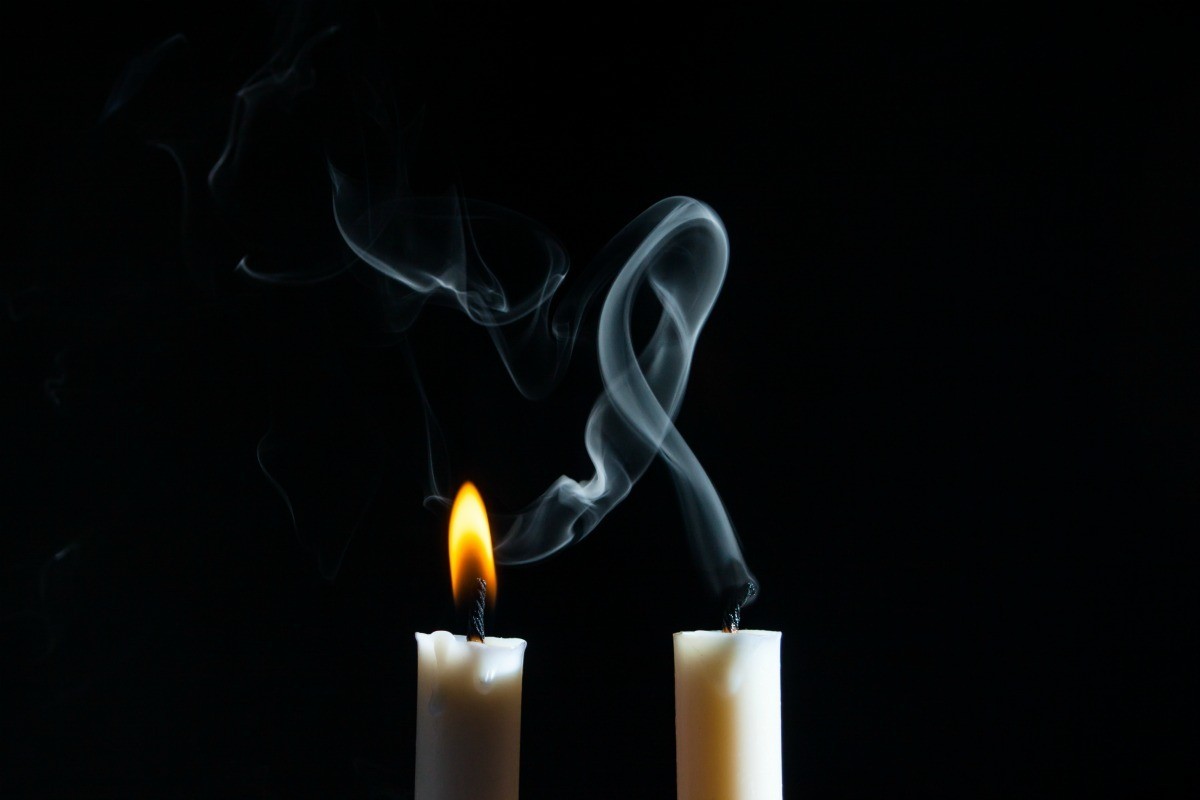

Articles
How To Properly Burn Candles
Modified: August 23, 2024
Learn the proper techniques to burn candles in this informative articles with helpful tips and precautions. Safely enjoy the soothing ambiance and fragrance of your favorite candles.
(Many of the links in this article redirect to a specific reviewed product. Your purchase of these products through affiliate links helps to generate commission for Storables.com, at no extra cost. Learn more)
Introduction
Burning candles can create a cozy and calming atmosphere in your home. Whether you enjoy the soft glow of candlelight during a relaxing bath or the warm flickering flames on a romantic dinner table, candles can add charm and ambiance to any space. However, it’s important to properly burn candles to ensure both safety and optimal performance.
In this article, we will explore the importance of properly burning candles and provide you with valuable tips on how to do so. From choosing the right candle to extinguishing it safely, we will guide you through each step to help you enjoy your candle-burning experience to the fullest.
So, let’s dive in and discover the secrets to achieving the perfect candle burn!
Key Takeaways:
- Properly burning candles is essential for safety, maximizing candle life, even fragrance distribution, avoiding wax tunneling, and preventing soot and smoke. Choose the right candle, prepare it correctly, and follow safety tips for a delightful candle-burning experience.
- Prioritize safety when burning candles by never leaving them unattended, keeping them away from flammable materials, placing them on stable surfaces, and following proper ventilation. Enjoy the cozy charm of candles while ensuring a safe and tranquil ambiance.
Read more: How To Safely Burn Candles
Importance of Proper Candle Burning
Proper candle burning goes beyond mere aesthetics. It plays a crucial role in ensuring safety and getting the most out of your candles. Here are a few reasons why proper candle burning is important:
- Safety: Candle accidents can be catastrophic, resulting in fires, injuries, or property damage. Following proper candle burning practices significantly reduces the risk of accidents. It’s essential to always prioritize safety to prevent any unfortunate incidents.
- Maximizing Candle Life: When you burn candles correctly, they burn evenly and last longer. This means you can enjoy your favorite scents and beautiful candle designs for an extended period, maximizing the value of your investment.
- Even Distribution of Fragrance: Proper candle burning techniques help evenly distribute the fragrance throughout the room. This ensures that you can experience the full aroma of the candle, enhancing its effectiveness in creating a pleasant atmosphere.
- Avoiding Wax Tunneling: Wax tunneling occurs when the candle is not burned long enough for the wax to melt and pool to the edges, creating an uneven burn tunnel. Proper burning techniques can prevent this wasteful and unsightly phenomenon.
- Preventing Soot and Smoke: When candles are burned incorrectly, they can release excessive soot and smoke, which can stain walls, ceilings, and furnishings. By following proper burning practices, you can reduce the amount of soot and smoke produced, keeping your home clean and free from any potential health hazards.
Now that we understand the importance of proper candle burning, let’s explore how to choose the right candle for optimal burning.
Choosing the Right Candle
When it comes to choosing a candle, there are a few key factors to consider to ensure a successful burn. Here are some tips to help you select the right candle:
- Type of Wax: Different candle materials, such as paraffin wax, soy wax, or beeswax, have different burning characteristics. Consider the type of wax used in the candle and choose one that aligns with your preferences. Soy candles, for example, are known for their clean burn and longer life.
- Size and Shape: The size and shape of the candle can affect how it burns. Taper or pillar candles should have a wide base to prevent tipping, while container candles should fit securely in their holders. Consider the space you plan to place the candle and choose an appropriate size and shape.
- Wick Material: wicks play a significant role in the burning process. Look for candles with cotton wicks, as they tend to burn cleaner and produce less soot. Avoid candles with lead-based wicks, as they can be hazardous to your health.
- Fragrance: If you prefer scented candles, choose a fragrance that appeals to you. Keep in mind that heavily scented candles may be overpowering in small spaces, so opt for a milder fragrance for intimate settings.
- Burn Time: Consider the burn time of the candle. Some candles are designed for longer burns, while others are better suited for shorter periods. Determine how long you plan to burn the candle and choose one that matches your needs.
By considering these factors, you can ensure that you select a candle that is well-suited for optimal burning. Now that you have chosen the perfect candle, let’s move on to preparing it for a proper burn.
Preparing the Candle for Burning
Before lighting your candle, it’s important to properly prepare it to ensure a clean and even burn. Follow these steps to prepare your candle for optimal burning:
- Trim the Wick: Trim the wick to about ¼ inch before lighting the candle. This helps prevent excessive smoking, soot, and uneven burning. Use a wick trimmer or scissors to trim the wick, ensuring a clean cut.
- Clean the Candle: Remove any dust or debris from the candle surface. This ensures a clean burn and prevents any unwanted particles from interfering with the flame and the wax pool. Use a soft cloth or tissue to gently clean the candle surface.
- Place on a Heat-Resistant Surface: Ensure that the candle is positioned on a heat-resistant surface, such as a candle holder or a non-flammable tray. This prevents any damage to your furniture and reduces the risk of accidents.
- Avoid Drafts: Place the candle away from drafts, open windows, and air vents. A draft can cause an uneven burn and increase the risk of the flame flickering or extinguishing. Keep the area around the candle still and draft-free.
- Protect the Surface: If you are burning a container candle, place it on a heat-resistant coaster or trivet to protect the surface underneath from heat damage. This also helps in preventing the buildup of heat that can affect the quality of the burn.
By following these preparatory steps, you set the foundation for a safe and efficient burn. Now, it’s time to light the candle and enjoy its flickering flames.
Lighting the Candle
Now that your candle is properly prepared, it’s time to light it and let the warm glow fill your space. Follow these steps to light your candle safely:
- Use a Long-Handled Lighter or Matches: Opt for a long-handled lighter or matches to avoid getting too close to the flame. This ensures your safety and prevents any accidental burns.
- Position Yourself Properly: Position yourself at a safe distance from the candle while lighting it. Avoid leaning over the flame or placing your face too close to prevent any risk of burns or injuries.
- Hold the Flame to the Wick: Gently bring the flame to the wick and hold it for a few seconds. Allow the heat to ignite the wick and create a steady flame. Avoid touching the wick or blowing on the flame too forcefully, as this can cause uneven burning.
- Observe the Flame: Take a moment to observe the flame after lighting the candle. Ideally, the flame should be upright, steady, and vibrant. It should not be flickering excessively or producing smoke. If you notice any abnormalities, such as a weak or irregular flame, consider extinguishing the candle and reassessing the wick length.
Once your candle is lit, it’s important to ensure a proper flame for a safe and effective burn. We will delve into maintaining a proper flame in the next section.
Trim the wick to 1/4 inch before each use to prevent soot and ensure an even burn. Keep the candle away from drafts and burn for 1 hour per inch of diameter to prevent tunneling.
Read more: What Candles Burn The Longest
Maintaining a Proper Flame
Once your candle is lit, it’s crucial to maintain a proper flame to ensure a safe and optimal burn. Here are some tips for maintaining a proper flame:
- Allow the Wax to Melt: During the first burn, it’s important to allow the entire top layer of the candle to melt into a pool of wax. This helps prevent tunneling and promotes an even burn throughout the life of the candle. Avoid blowing out the candle until the entire top layer of wax has melted.
- Avoid Burn Time: To prevent overheating and excessive soot, avoid burning candles for longer than the recommended burn time. Most candles have a recommended burn time printed on the packaging or labels. Adhering to this guideline helps maintain a proper flame and extends the life of the candle.
- Keep the Wick Trimmed: Regularly trim the wick to approximately ¼ inch before each use. This prevents the flame from becoming too large, causing excessive soot, and promotes a clean and steady burn. Trim the wick when the candle is cool and not lit.
- Monitor the Flame Height: Ensure that the flame height is manageable and does not exceed one inch. A flame that is too high can lead to excessive heat, dripping wax, and potential fire hazards. If the flame grows too tall, gently blow it out and trim the wick before relighting the candle.
- Keep an Eye on the Candle: Never leave a burning candle unattended. Always keep an eye on the candle, especially when there are children or pets around. Monitor the flame and the surrounding area to prevent any accidents or mishaps.
By following these guidelines and maintaining a proper flame, you can enjoy a safe and satisfactory candle-burning experience. Next, let’s discuss how to monitor the candle to ensure a smooth burn.
Monitoring the Candle
While a candle burns, it’s important to monitor it to ensure everything is running smoothly and safely. Here are some essential tips for monitoring your candle:
- Keep an Eye on the Flame: Stay vigilant and observe the flame as it burns. Ensure that the flame remains steady and doesn’t flicker excessively. A steady flame indicates proper burning conditions.
- Check for Uneven Burning: Occasionally, check the candle to ensure it is burning evenly and not forming a tunnel. If you notice any signs of tunneling, gently push the unmelted wax towards the center of the candle using a spoon or a wick dipper.
- Monitor the Wax Pool: Observe the size and depth of the wax pool as the candle burns. A good rule of thumb is to ensure the melted wax does not exceed half an inch in depth. Too much melted wax can lead to excessive heat and potential dripping.
- Keep the Area Clear: Ensure that the surrounding area is free from any flammable materials or obstacles that could potentially catch fire. Keep the candle away from curtains, furniture, papers, or anything that can easily ignite.
- Extinguish if Necessary: If you need to leave the room or if it’s time to extinguish the candle, do so carefully. Use a candle snuffer or gently blow out the flame, making sure to avoid blowing hot wax or causing any splattering.
Remember, monitoring the candle is crucial to ensure a safe and enjoyable burning experience. With proper vigilance, you can make the most out of your candle while keeping your surroundings secure. In the next section, we will cover the proper methods for extinguishing the candle.
Extinguishing the Candle
When it’s time to extinguish your candle, it’s important to do so properly to ensure safety and prevent any accidental fires. Follow these steps to safely extinguish your candle:
- Use a Candle Snuffer: A candle snuffer is the safest way to extinguish a candle. Gently place the snuffer over the flame and allow it to suffocate the flame by cutting off its oxygen supply. This helps prevent any hot wax from splattering and reduces the risk of accidental burns.
- Avoid Blowing Out the Candle: While blowing out the candle is a common method, it can cause hot wax to splatter or the flame to reignite. If you don’t have a candle snuffer, it’s best to use an alternative method, such as gently using a metal spoon to press down the wick into the melted wax until the flame is extinguished.
- Double-Check the Flame: After extinguishing the flame, double-check to ensure it is completely out. Sometimes, a small ember or spark may still be present, which can reignite if left unattended. Take a close look and wait a few seconds to ensure the flame is completely extinguished.
- Prevent Hot Wax Splatters: When you extinguish the candle, it’s important to prevent any hot wax splatters from occurring. This can be achieved by extinguishing the flame gently and keeping a steady hand to avoid any sudden movements that may cause the wax to splatter.
- Allow the Candle to Cool: Give the candle enough time to cool down before handling it or moving it to another location. Hot wax can cause burns, so it’s crucial to exercise caution and wait until the candle is completely cool before taking any further action.
By following these steps, you can safely and effectively extinguish your candle without any risk of fires or accidents. Now that you know how to properly extinguish a candle, let’s move on to some important safety tips for candle burning.
Safety Tips for Candle Burning
While candle burning can create a lovely ambiance, it’s important to prioritize safety to prevent any accidents or mishaps. Here are some essential safety tips to keep in mind when burning candles:
- Never Leave a Burning Candle Unattended: Always keep an eye on a burning candle and never leave it unattended. It only takes a moment for a fire to start, so ensure that someone is present in the room at all times when a candle is lit.
- Keep Candles Away from Flammable Materials: Ensure there is a safe distance between burning candles and any flammable materials, such as curtains, fabrics, papers, or furniture. Keep the area around the candle clear and free from potential fire hazards.
- Place Candles on a Stable Surface: Ensure that candles are placed on a stable and heat-resistant surface, such as a candle holder or a non-flammable tray. This prevents any accidental tipping or heat damage to your furniture.
- Keep Candles Out of Reach of Children and Pets: Children and pets may be curious about candles, so it’s essential to keep them out of their reach. Place candles in areas where little ones or pets cannot easily access them, ensuring their safety.
- Avoid Overcrowding: When burning multiple candles, make sure there is enough space between them to prevent any accidental flame contact. Too many candles in a confined space can increase the risk of a fire hazard.
- Ensure Proper Ventilation: If you are burning candles in a small or poorly ventilated area, ensure that there is adequate airflow. Poor ventilation can lead to the accumulation of soot and smoke, causing potential respiratory irritations.
- Do not Move a Burning Candle: Avoid moving a burning candle as it can cause hot wax to spill or the flame to flicker. If you need to move the candle, ensure that it is completely extinguished and the wax has solidified before doing so.
- Store Candles Properly: When not in use, store candles in a cool, dry, and secure location. Ensure they are kept away from direct sunlight or extreme temperatures, as this can affect their quality and safety.
- Use Candle Accessories Safely: When using candle accessories such as candle holders, snuffers, or lighters, handle them with care and according to their instructions. Improper use of these accessories can lead to accidents or injuries.
By following these safety tips, you can enjoy your candle-burning experience with peace of mind, knowing that you are taking the necessary precautions to keep yourself and your surroundings safe. Now let’s conclude our journey into the proper burning of candles.
Read more: When To Burn Bayberry Candles
Conclusion
Candle burning can bring warmth, ambiance, and a soothing atmosphere to any space. However, it’s crucial to burn candles properly to ensure both safety and optimal performance. By following the guidelines outlined in this article, you can enjoy your candles to the fullest while minimizing the risk of accidents or damage.
We emphasized the importance of proper candle burning, including choosing the right candle, preparing it correctly, and lighting it safely. We also discussed the significance of maintaining a proper flame, monitoring the candle, and extinguishing it properly. Additionally, we provided essential safety tips to keep in mind when burning candles.
Remember, safety should always be the top priority when dealing with an open flame. Never leave a burning candle unattended, keep them away from flammable objects, and ensure they are placed on stable surfaces. Also, always trim the wick and monitor the candle while it’s burning to prevent uneven burning or accidents.
By incorporating these best practices into your candle-burning routine, you can enjoy the cozy charm and inviting glow of candles with peace of mind. So go ahead, light up your favorite scented candle, and create a tranquil ambiance that soothes your senses.
Happy candle burning!
Frequently Asked Questions about How To Properly Burn Candles
Was this page helpful?
At Storables.com, we guarantee accurate and reliable information. Our content, validated by Expert Board Contributors, is crafted following stringent Editorial Policies. We're committed to providing you with well-researched, expert-backed insights for all your informational needs.
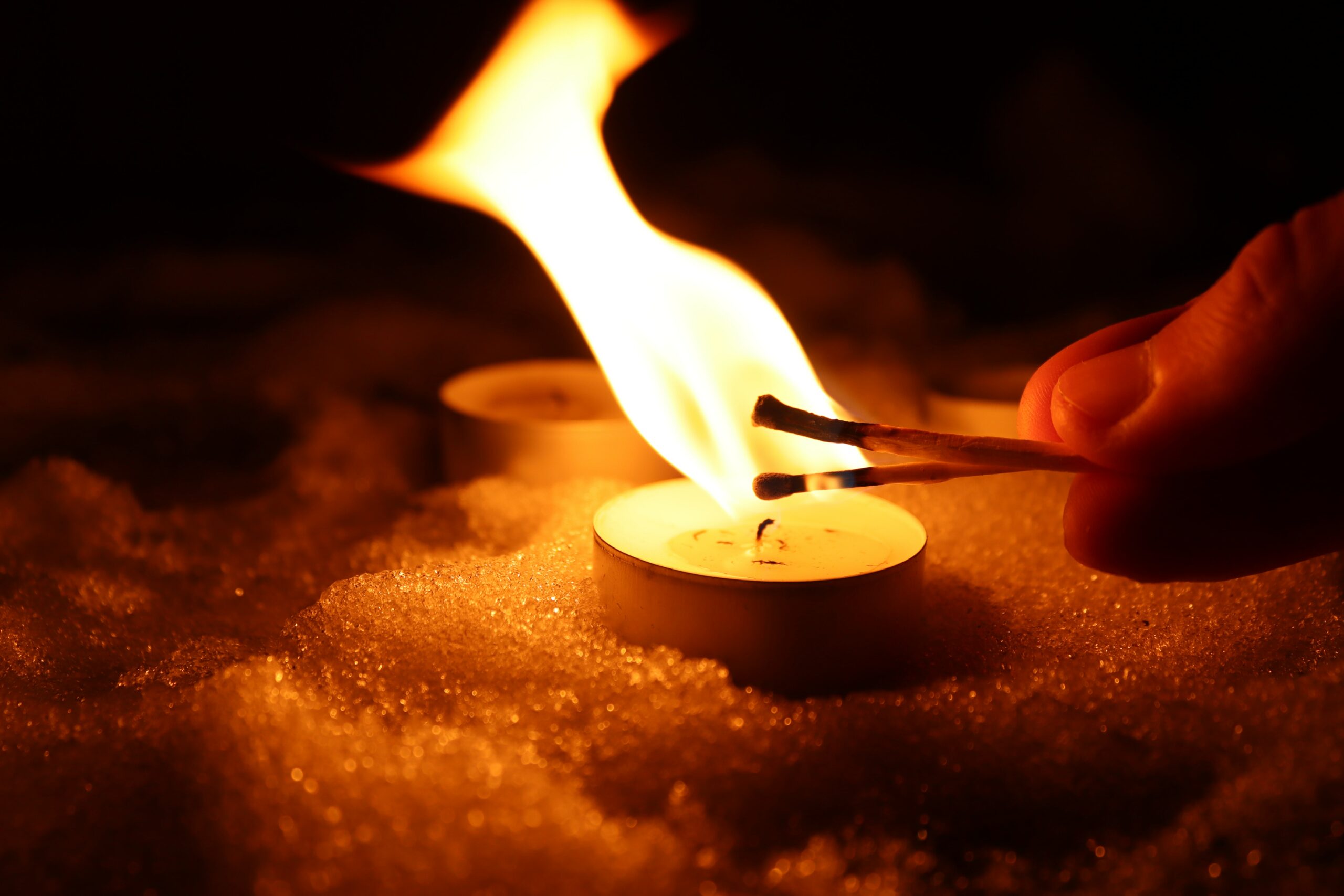
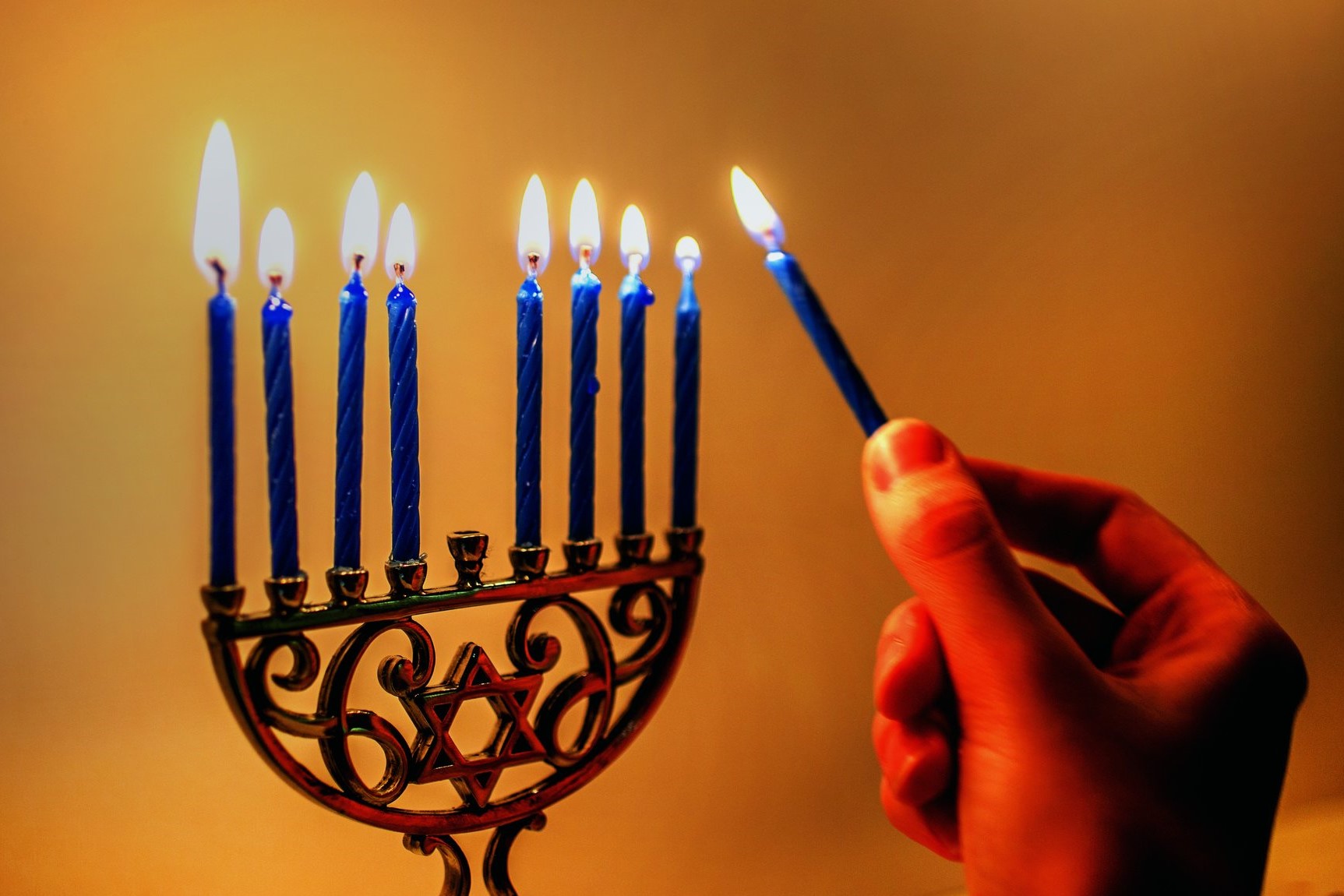
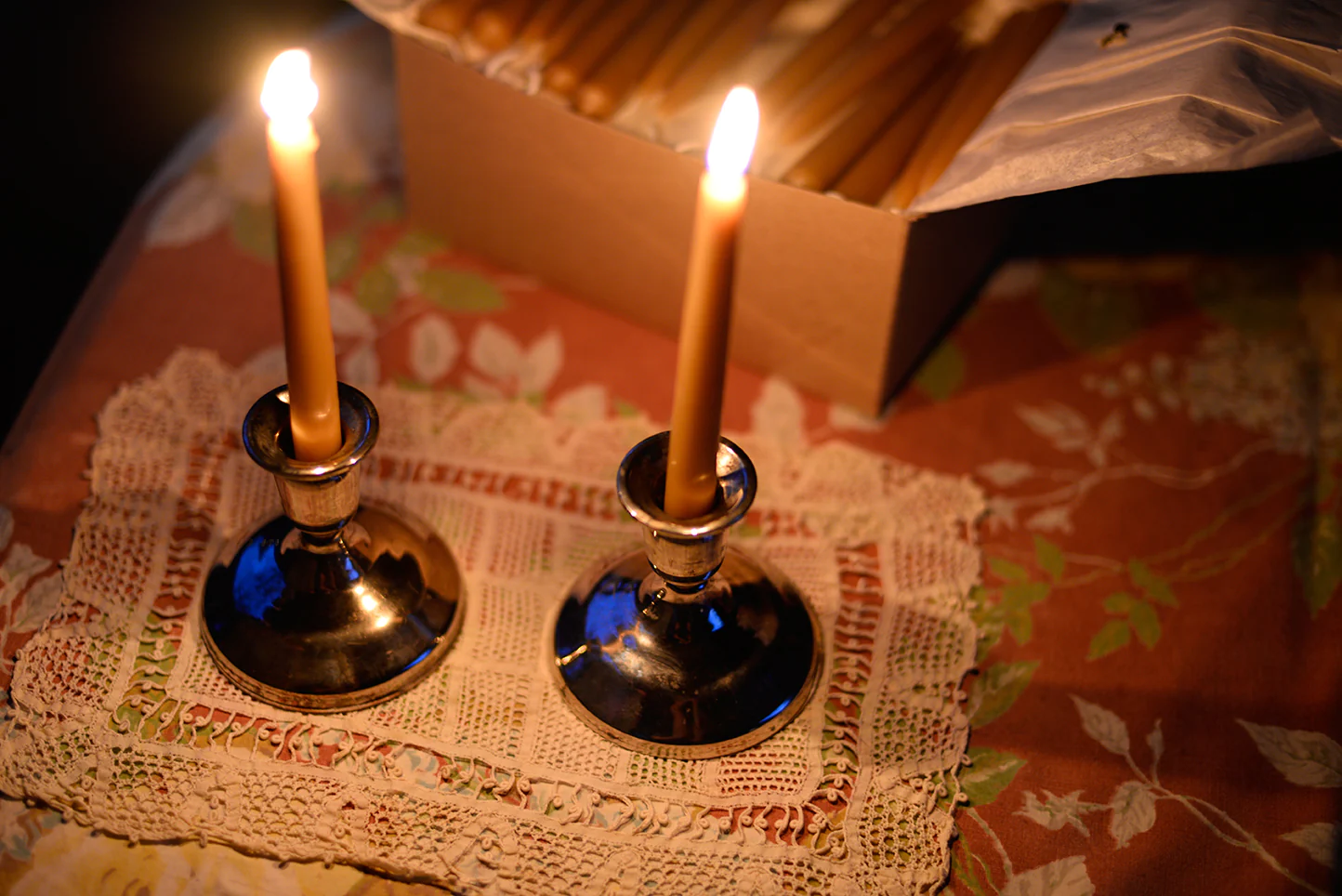
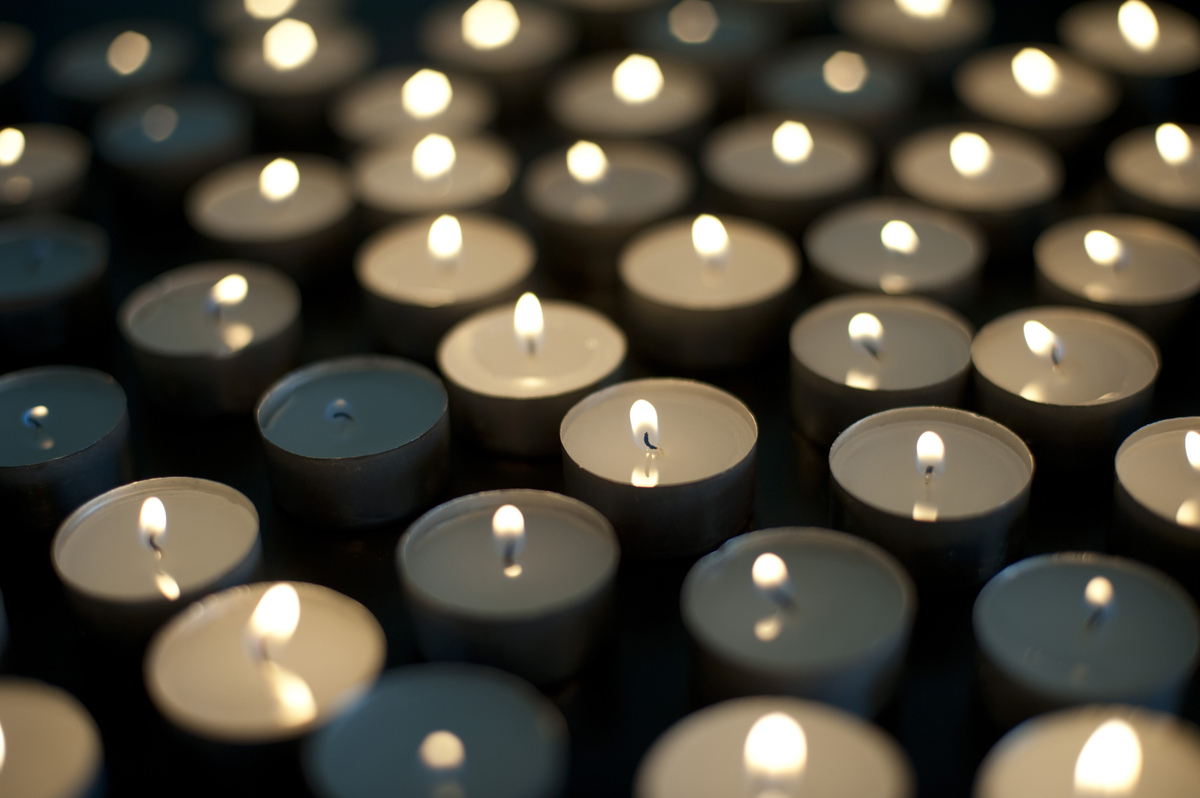
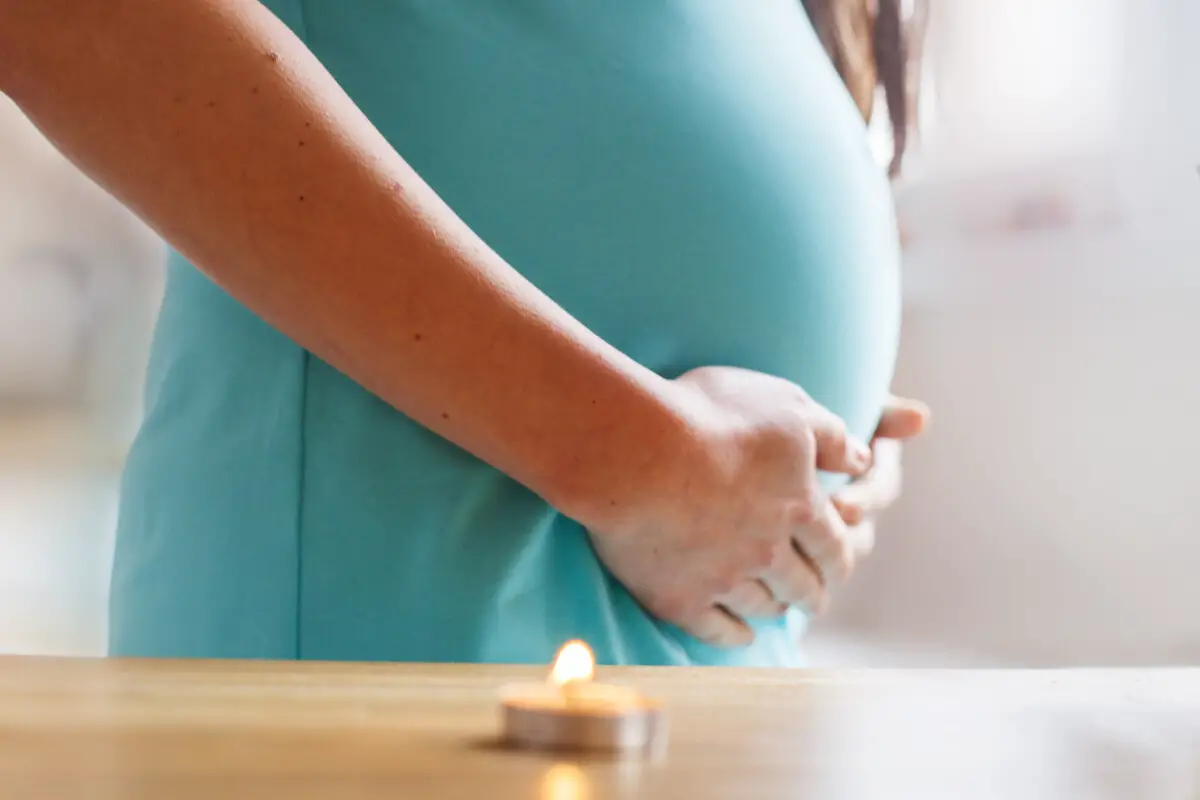
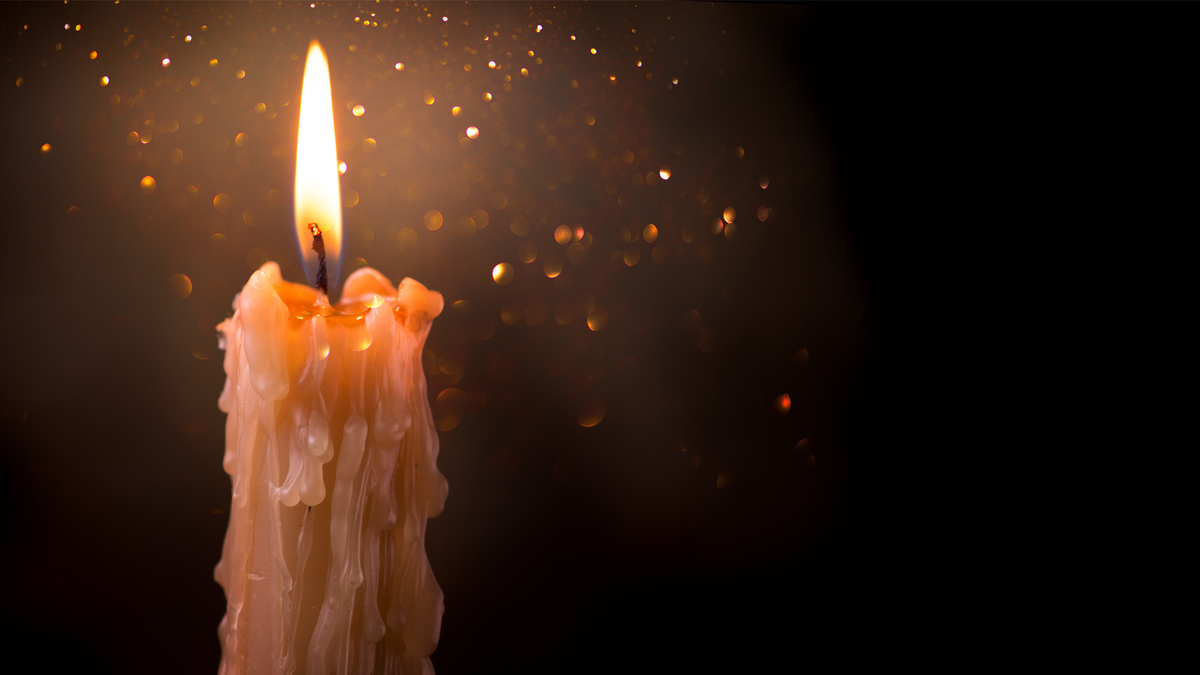
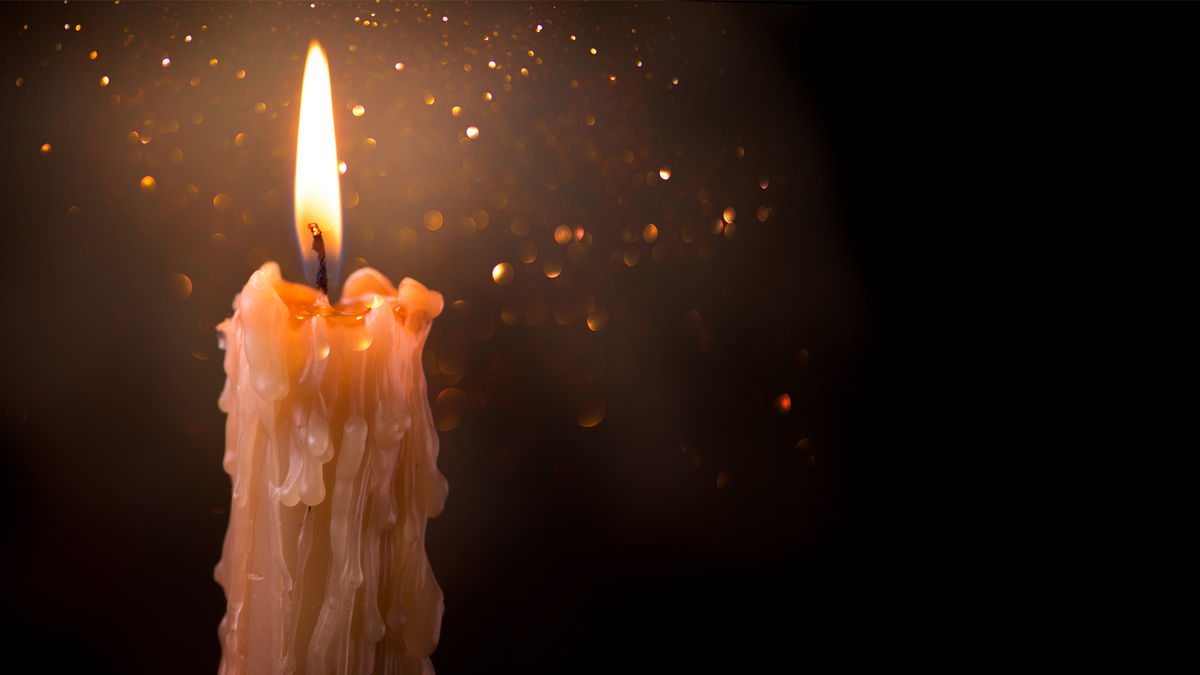
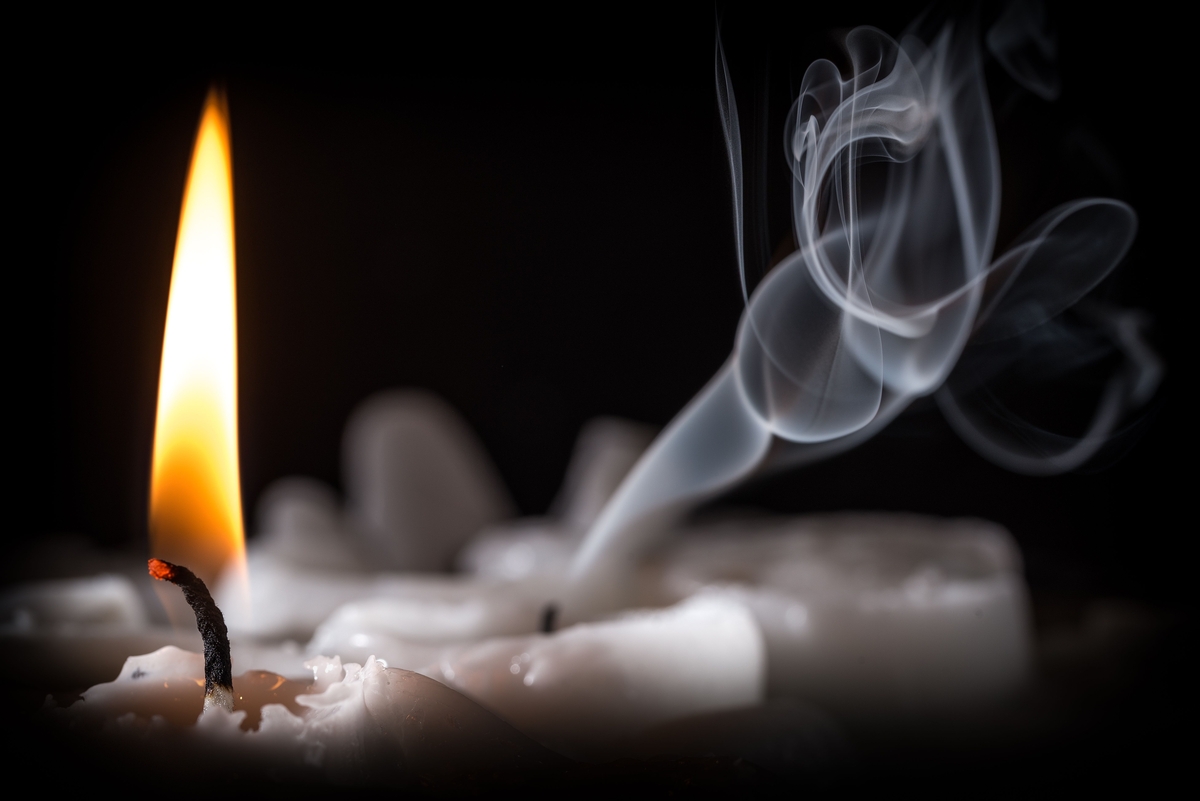
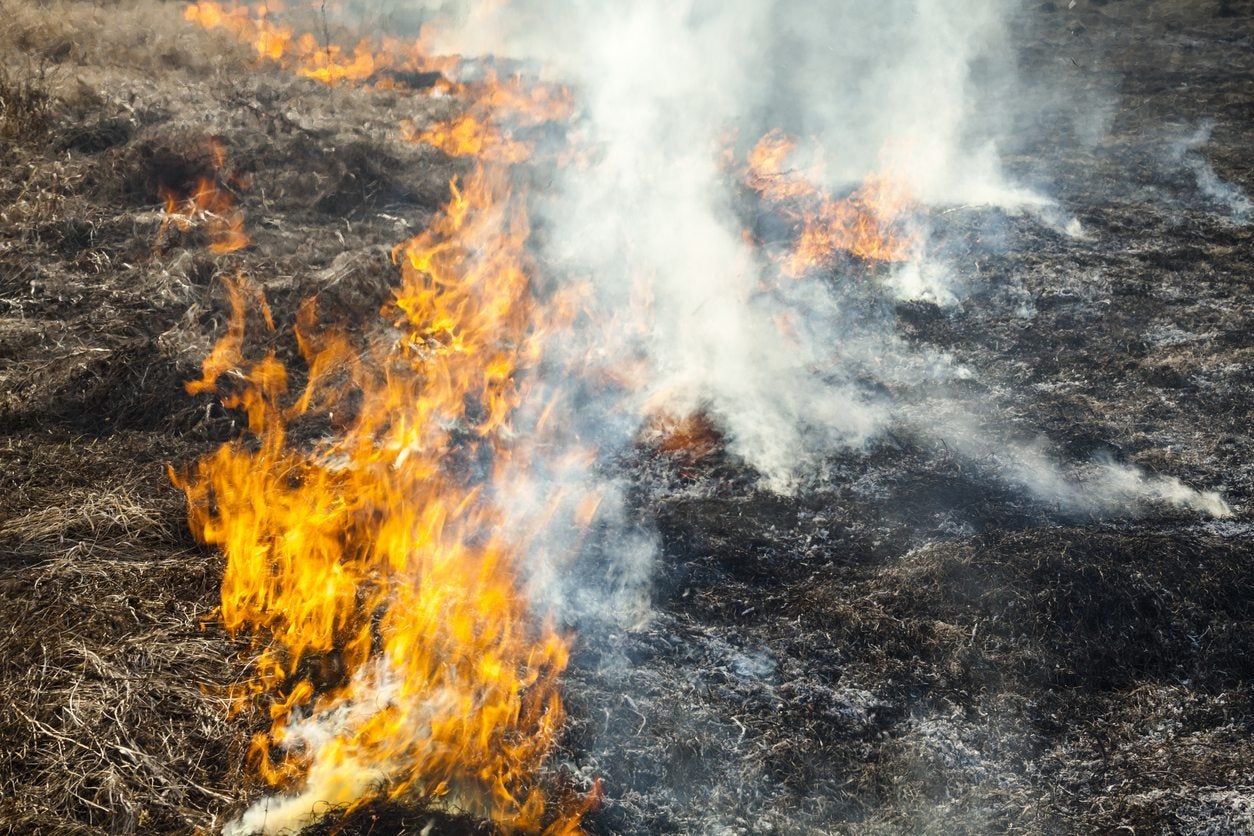

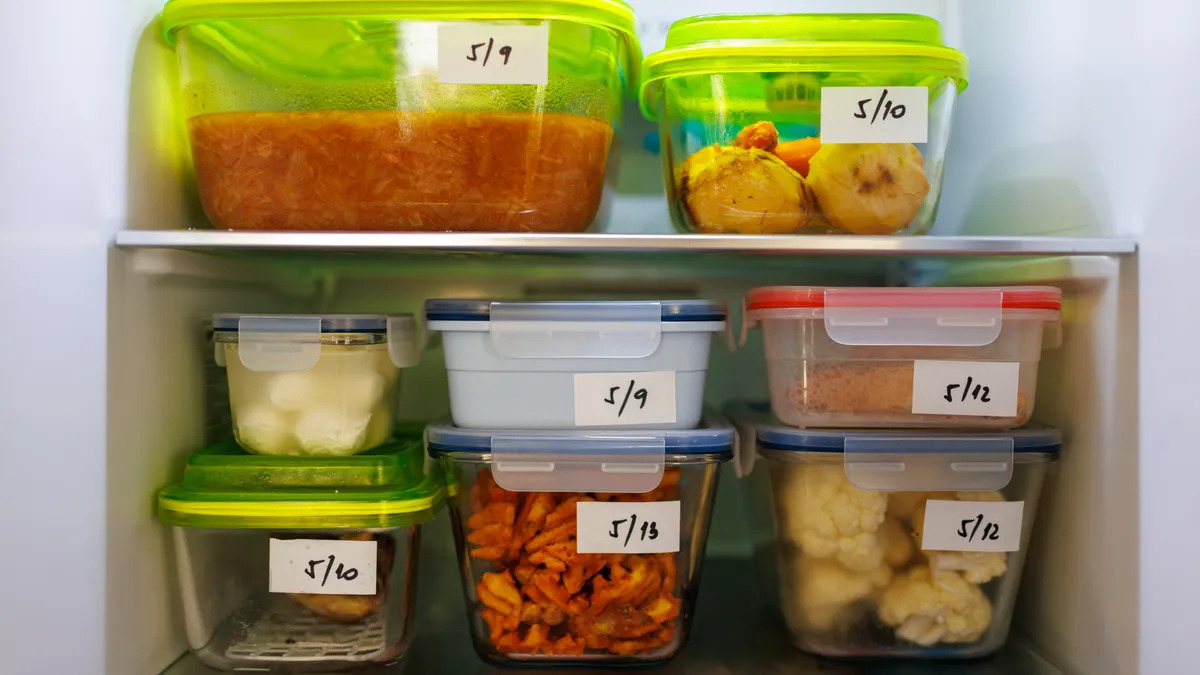

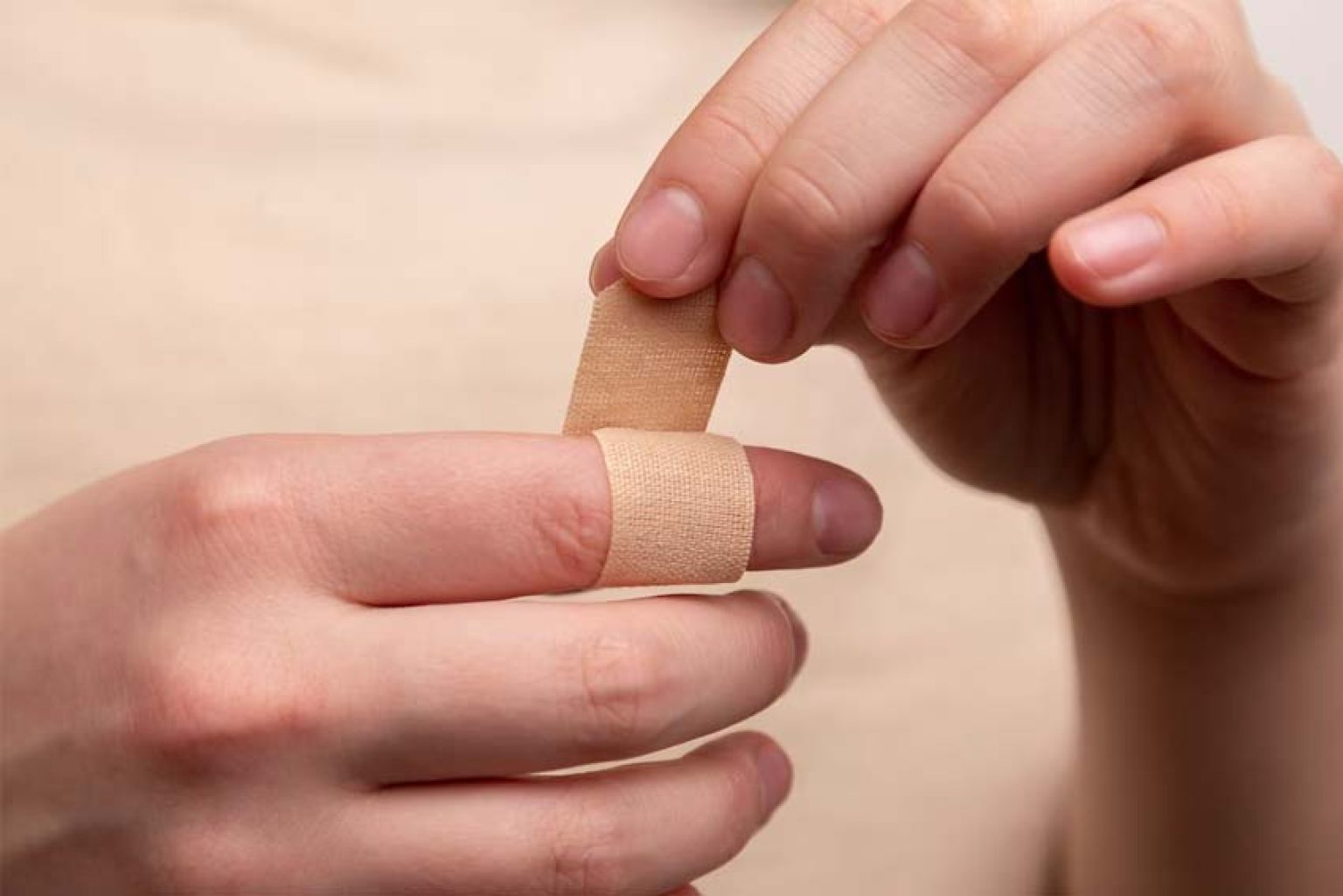

0 thoughts on “How To Properly Burn Candles”